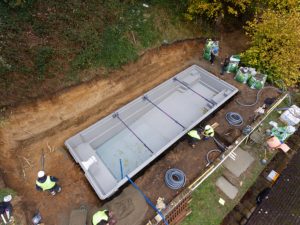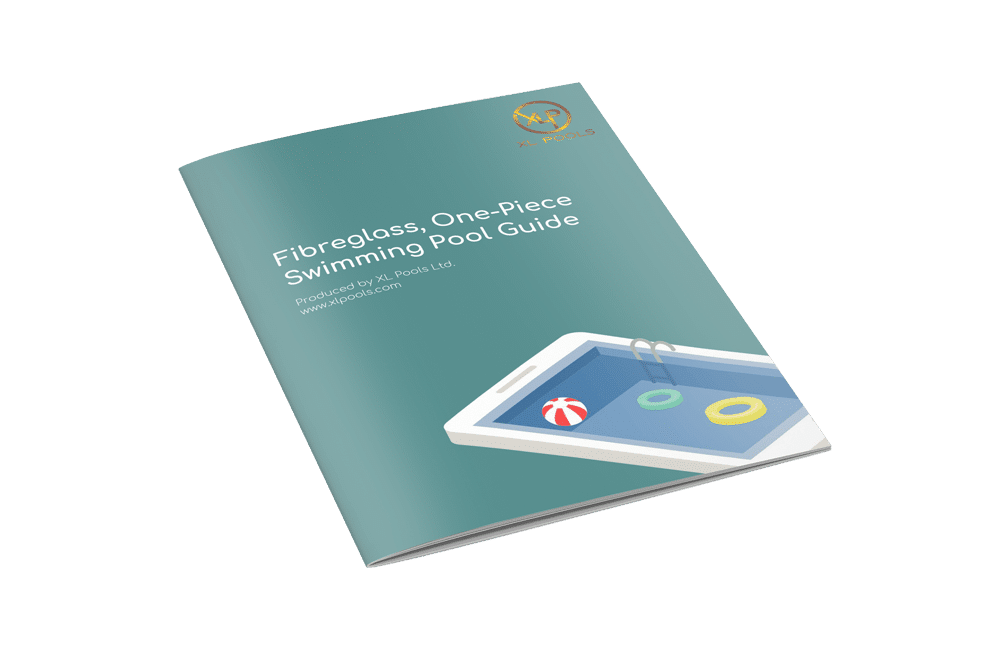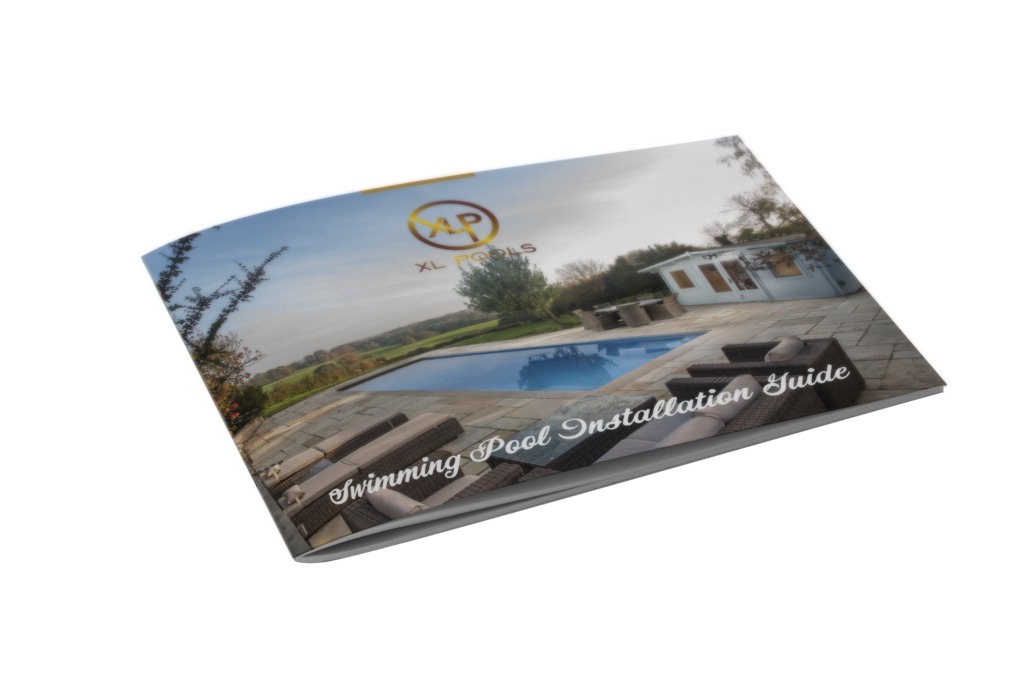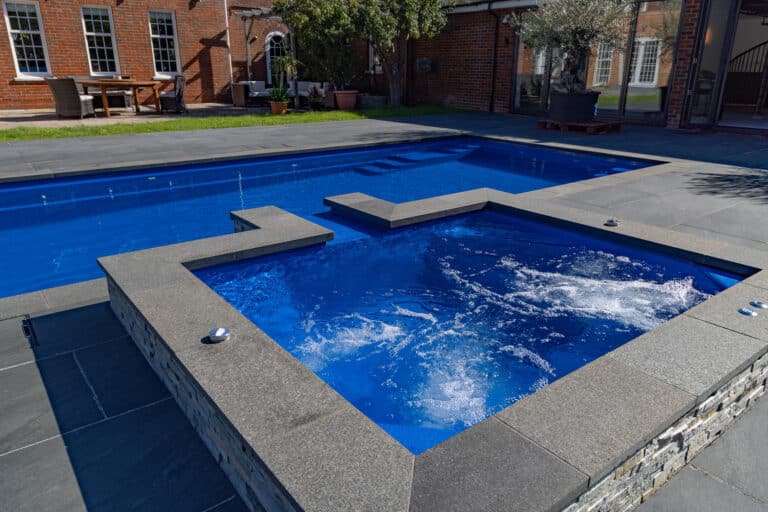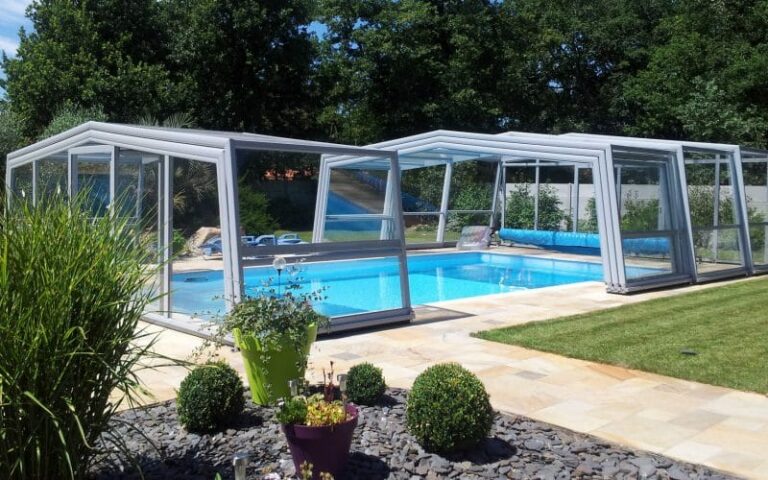[vc_row][vc_column][vc_column_text]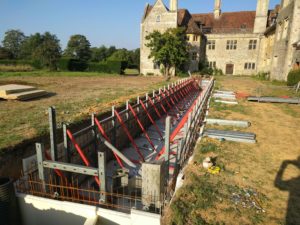
If you’re considering having an indoor swimming pool constructed, you’ll need to bear in mind planning permission and building regulations, and ensure that your pool building complies with the guidelines. Failing to do this could mean that you may be liable to receive a hefty fine, and be ordered to alter or remove the construction. It pays to do your research beforehand, to make sure you’re sticking to the rules.
Planning permission for an indoor pool is not normally required, providing the pool building meets the following criteria:
- Located behind the building line of the front elevation of your property.
- A single storey building with a maximum overall height of 4 metres with a dual pitched roof or 3 metres for any other roof. If it’s within 2 metres of your property boundary, the overall height must be less than 2.5 metres.
- No verandas, balconies or raised platforms.
- The pool building cannot occupy more than half the area of land around the original house.
- In certain protected areas such as National Parks, the pool cannot cover an area greater than 10 square metres, and must be at the back of the house. Planning permission is required if you have a listed property.
- The pool must not be overlooked by any public highway or be nearer to it than any other part of your house.
In the past, building regulations have not applied for indoor swimming pools as long as they are less than 30m2, have no sleeping accommodation and are not joined on to the main house. Since October 2010, however, indoor pools have been required to comply with ‘Part L’ of building regulations, concerning the insulation of the walls and floor. Part L states that: “Where a swimming pool is being provided in a building, the U-value of the basin (walls & floor) should not be worse than 0.25W/m2/K as calculated according to BS EN ISO 13370.” Since this regulation came into force pool builders have been required to produce calculations for the the Local Authority showing how the pool will comply.
There are several insulating products that can be used to ensure that a pool will have the required U-value, in other words, that it will not lose more heat into the ground than the building regulations require. Depending on the type and size of pool, along with its location and external forces, the pool builder will choose the most appropriate insulation for your swimming pool.
Planning permission and building regulations are complicated topics, and if you’re not sure it’s always safest to check with the planning office at your local council offices. Building without checking could be a costly decision, so it’s better to be certain. A good pool builder will be able to talk you through any requirements and regulations which will apply to your proposed pool, and ensure that you fulfil all the criteria necessary.[/vc_column_text][/vc_column][/vc_row]

